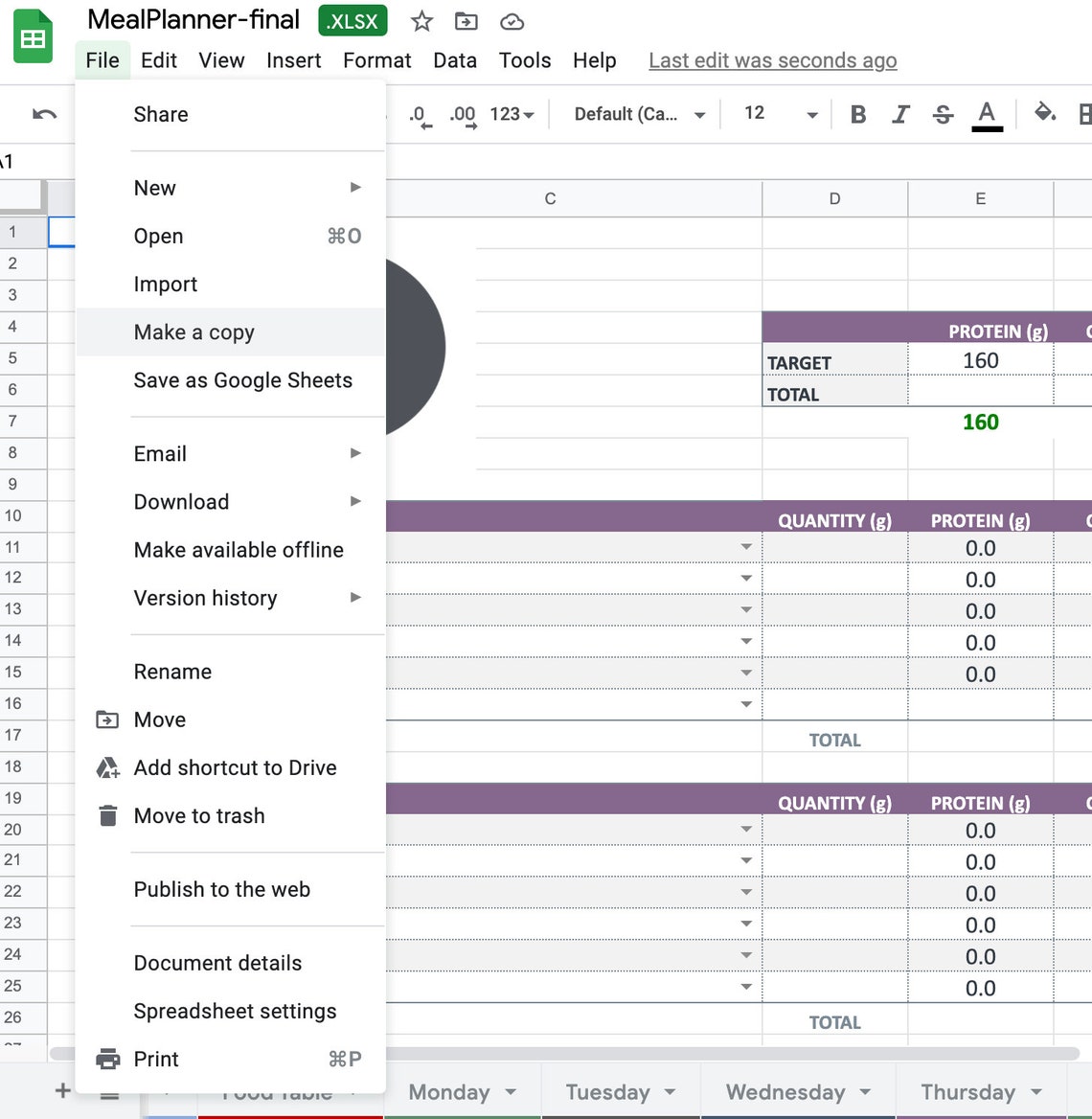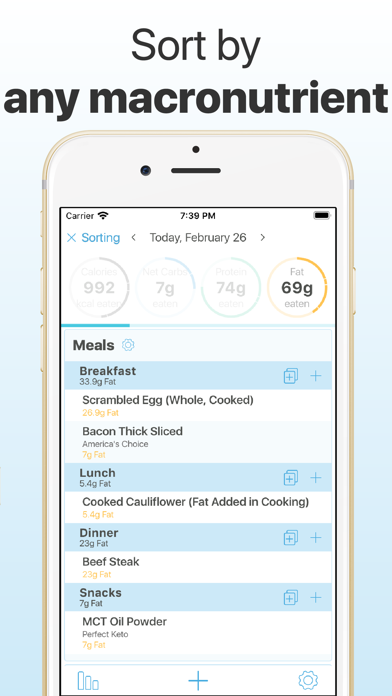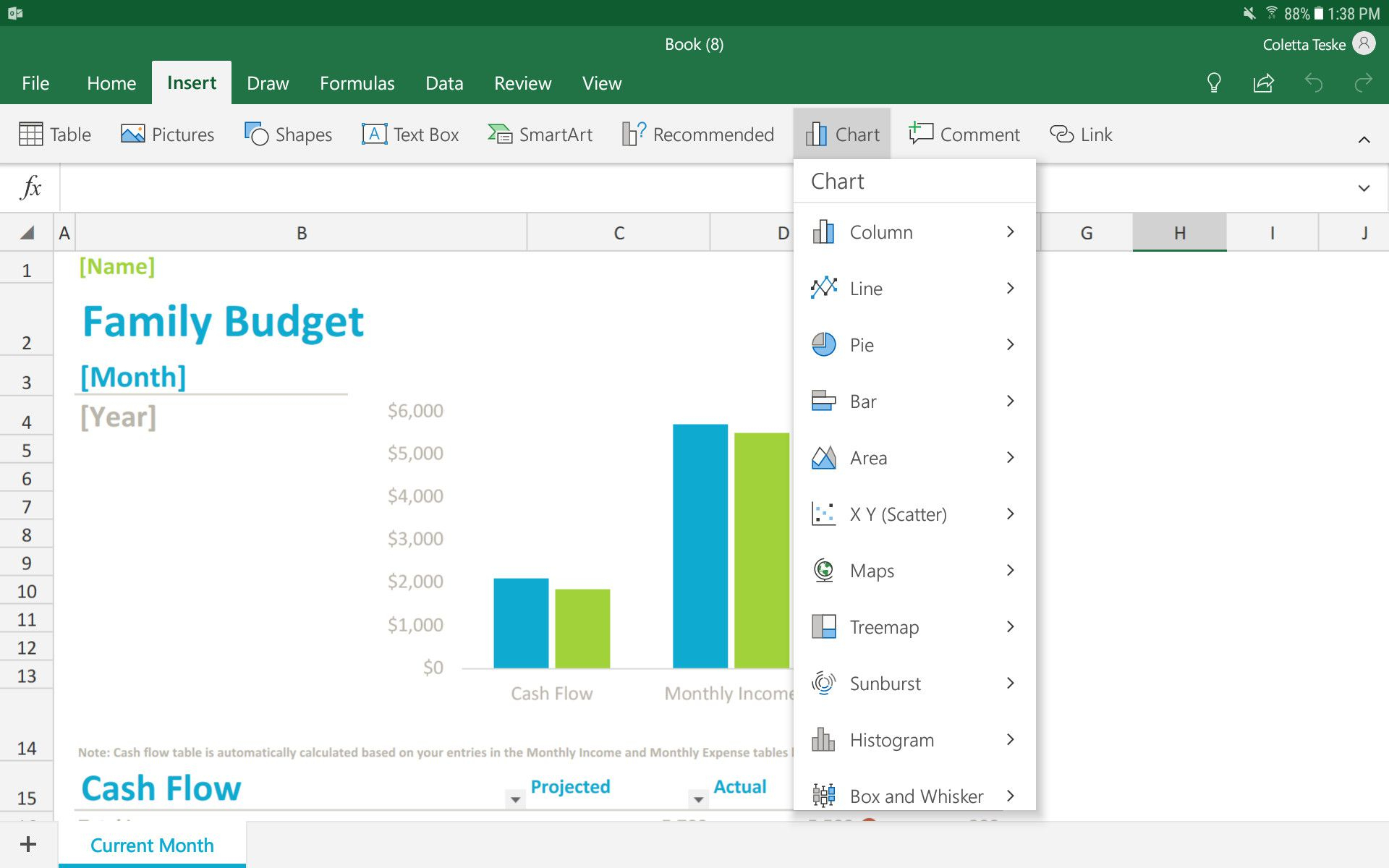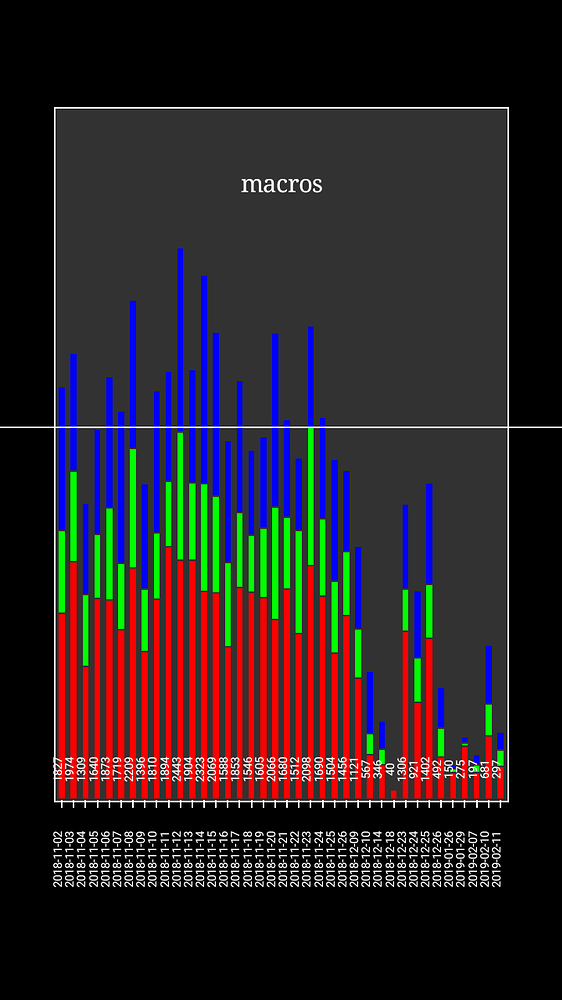

Similarly, if I ate 2800, I might be able to still gain muscle but very, very slowly, and I probably would take a small hit in the gym performance.

If I were to eat just at the top end of my maintenance range, I would still gain muscle, I just wouldn't gain it quite as fast as in a surplus over that range. though there is a slight benefit in doing that because I do end up feeling even more energetic than in the top-end of my BF maintenance range. So if I consumed, say, 2800-3100 calories, my bodyfat would really not change at all within that range, but if I consistently ate say 3300 calories I would slowly start to gain a bit. In order for me to start putting on fat, I seem to have to eat above that. however, I can still gain muscle very effectively and never feel hungry (so long as I stick to primarily unprocessed foods and don't eat out a bunch, or choose very fatty/oily items when I do) at the same time. If I eat within that 300 calorie range, my BF seems to stay exactly the same. Over time, I've just gotten very effective at knowing how my stomach fullness and energy feels when I've had under my TDEE, within my maintenance range, and over my maintenance range.įor whatever reason - though perhaps this isn't just me - my experience is that my bodyfat maintenance calorie intake is not a specific number but a range of about 300 calories. About 9months ago I tested my ability to eyeball and estimate when aligning it with weighing foods to typical amounts, and i was within 100 calories or so of what I expected. Nowdays I just never feel the need to track the macros. Not sure why my MFP app kept crashing tho. For whatever reason it just ran smoother for me. I just manually entered foods and then save them for reference later.
#BEST MACRO TRACKING APP 2018 FOR ANDROID DOWNLOAD#
Then, download one of the macro tracking apps below, which will give you a breakdown of the grams of carbs, protein, and fats you’re eating.The thing with Cronometer when upgrading is that it splits the meals just like MFP and the interface vastly improves.

To figure out your ideal “macro prescription,” try using a macro calculator like this one from.

Meet the experts: DJ Blatner, R.D.N., author of The Superfood Swap Emily Field, M.S., R.D., a dietitian and nutrition coach Marisa Moore, R.D.N., a registered dietitian nutritionist. For those interested in giving the practice a try, there are plenty of macro tracking apps available to make the process more approachable. “Counting macros is the ‘next level’ version of counting calories because not only are you tracking the food you eat, but the specific types of nutrients you’re taking in, too,” says DJ Blatner, R.D.N., author of The Superfood Swap. Instead of counting calories, you focus on getting a certain number (typically grams) of macronutrients- protein, carbohydrates, and fat. We updated this article in April 2023 to add more information about each featured product, based on extensive research done by our team.Īlso known as IIFYM (If It Fits Your Macros) or flexible dieting, counting macros is a way of eating that has become popular among fitness buffs and health-conscious eaters who are trying to maintain certain wellness goals.


 0 kommentar(er)
0 kommentar(er)
